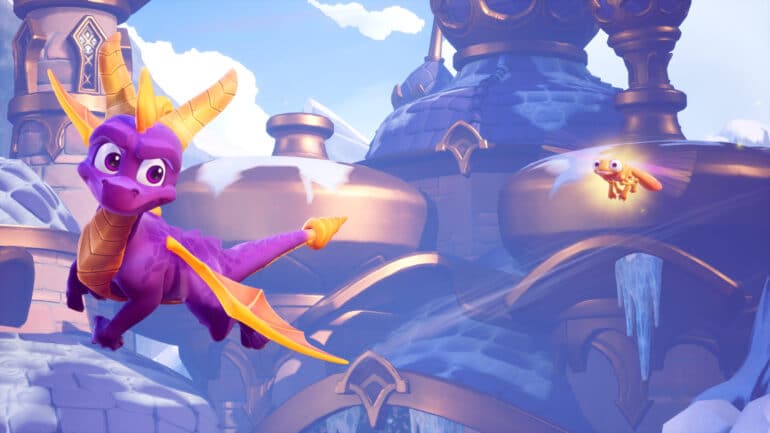I’ll be starting with the in-game aesthetics as later on, I’ll want to go more into detail about the gameplay without the flow being interrupted too much.
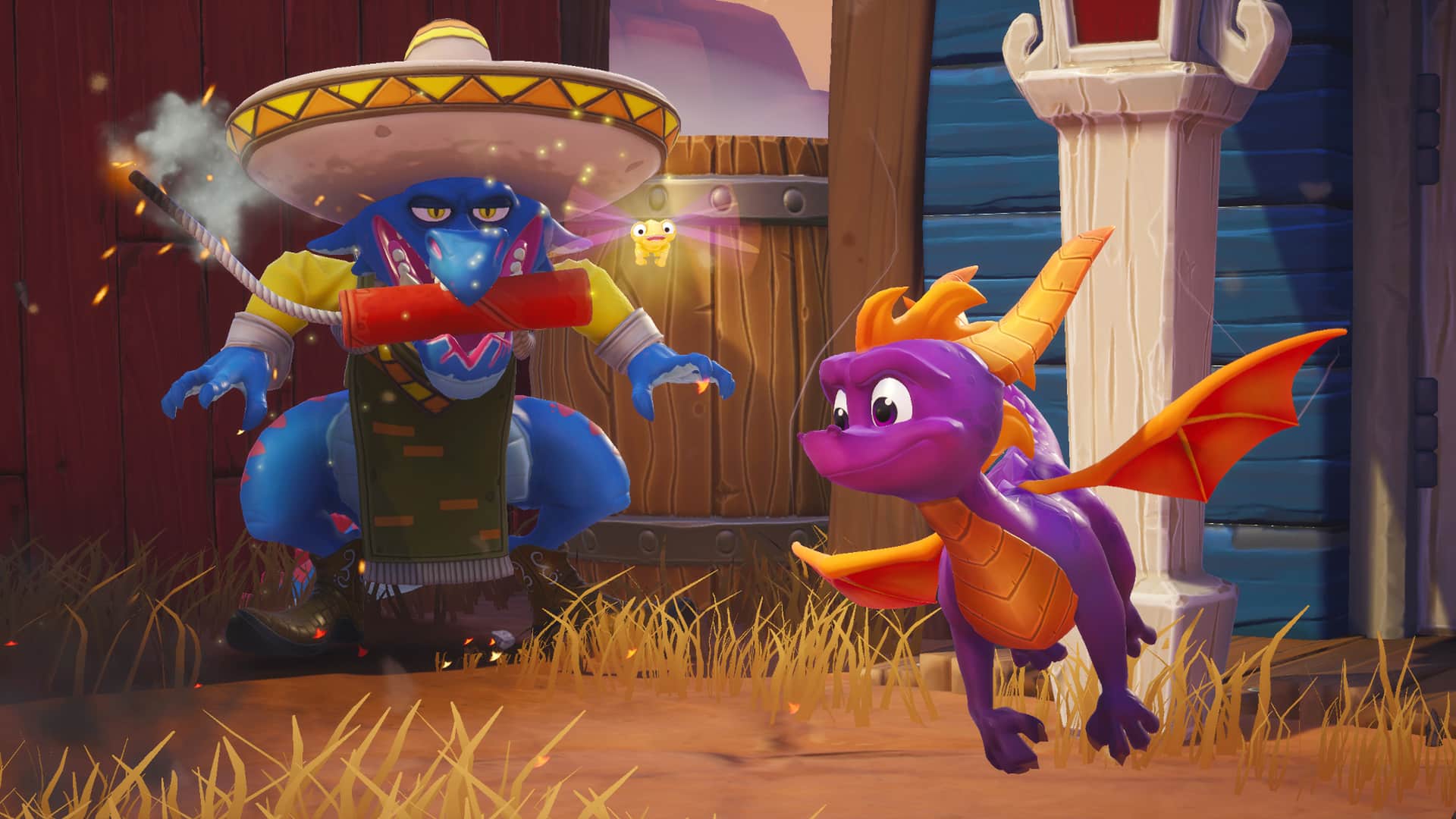
To begin with, it looks absolutely beautiful. Everything from the first, second, and third games of the trilogy have been completely given the HD treatment. Lighting in environments are top-notch, shadows are where they’re expected to be, characters and objects being very well-detailed, it all looks so good. If you’ve ever played the original trilogy before, then you’ll notice a lot of graphical and visual changes once you jump into the remastered version.
These are especially clear with the character redesigns. Just about everyone has a different look and most of them are honestly pretty nice. They actually feel like they have more personality due to changes such as new hair or clothes. Some haven’t really benefited from looking different, but the majority look so much better. Also, it helps that everyone aren’t just blank pieces of wood this time around.
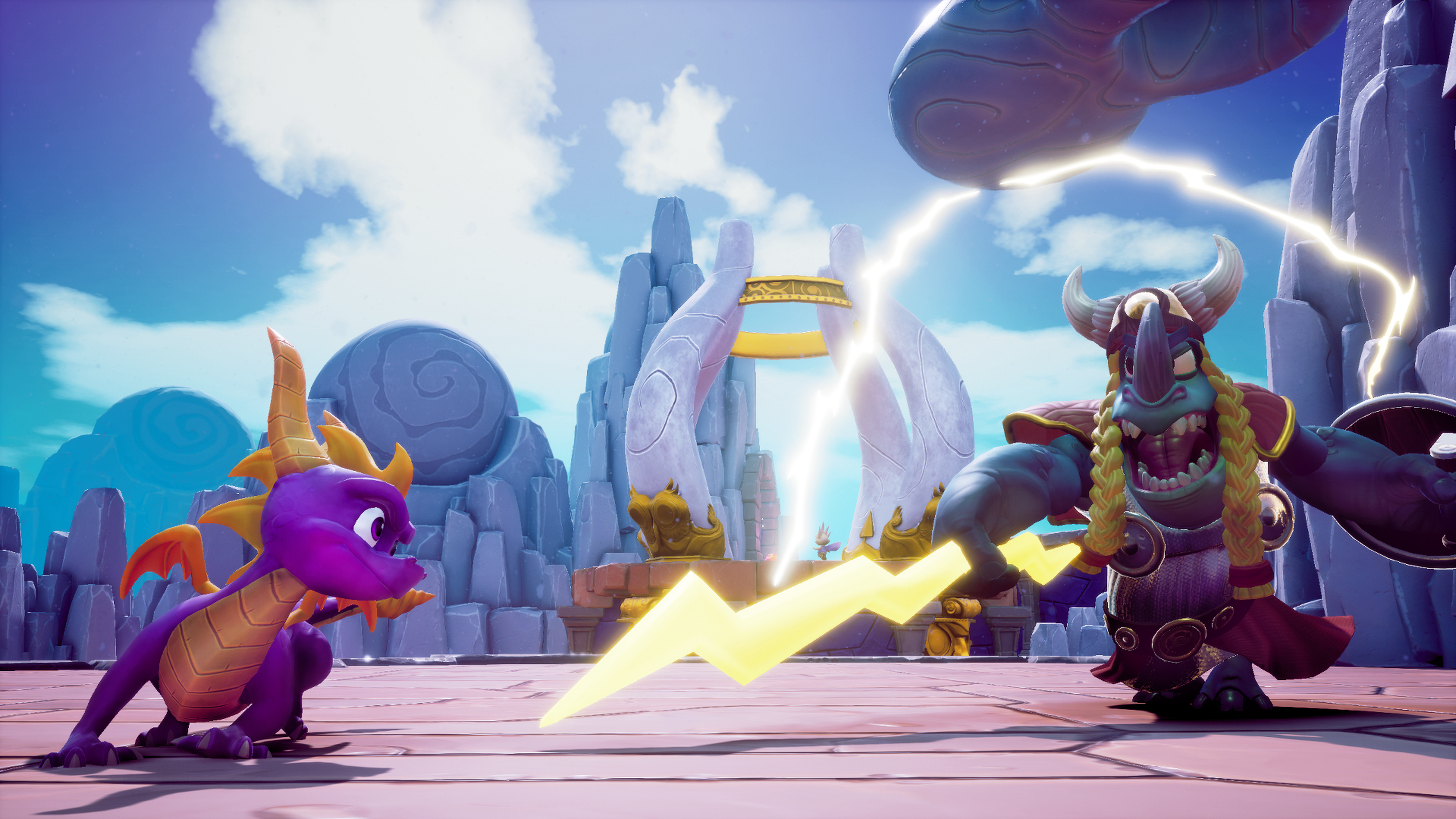
The original trilogy usually only had characters with one or two expressions. They instead relied on the voice acting to convey emotion. But now, that’s no longer the case. Whether it’s in cutscenes or in the overworld, nearly every character model has been properly animated. You can actually tell how they’re feeling or what they’re trying to express based on their body and/or facial movement. It also helps that just about all of them have been voiced well.
It’s nice to know that Tom Kenny reprises his role as the titular purple dragon, but it’s just as good to learn that he returns to voice other memorable characters as well! Not only that, but Gregg Berget, the voice of the 2nd game’s villain Ripto, also comes back to show that he still has it! Aside from those two though, the majority of the voice actors from previous games have been replaced with new ones. I’ll give them this, some of the changes actually do the characters justice. A perfect example would be Cassandra Lee Morris, the new voice of Elora the fawn. She brings a loveable performance and she makes Elora feel more likable as opposed to how she was in the original trilogy.
But it’s not all great as there are some that kind of miss the mark. Some of the NPC’s from different worlds sound a bit…forced. Yes, they have better accents and they do have more personality this time around, but it feels as if their voice actors are trying too hard at times. In fact, some of the original voices actually sound better than those in the remastered version. It’s only a personal opinion, but you can compare them if you have the time.
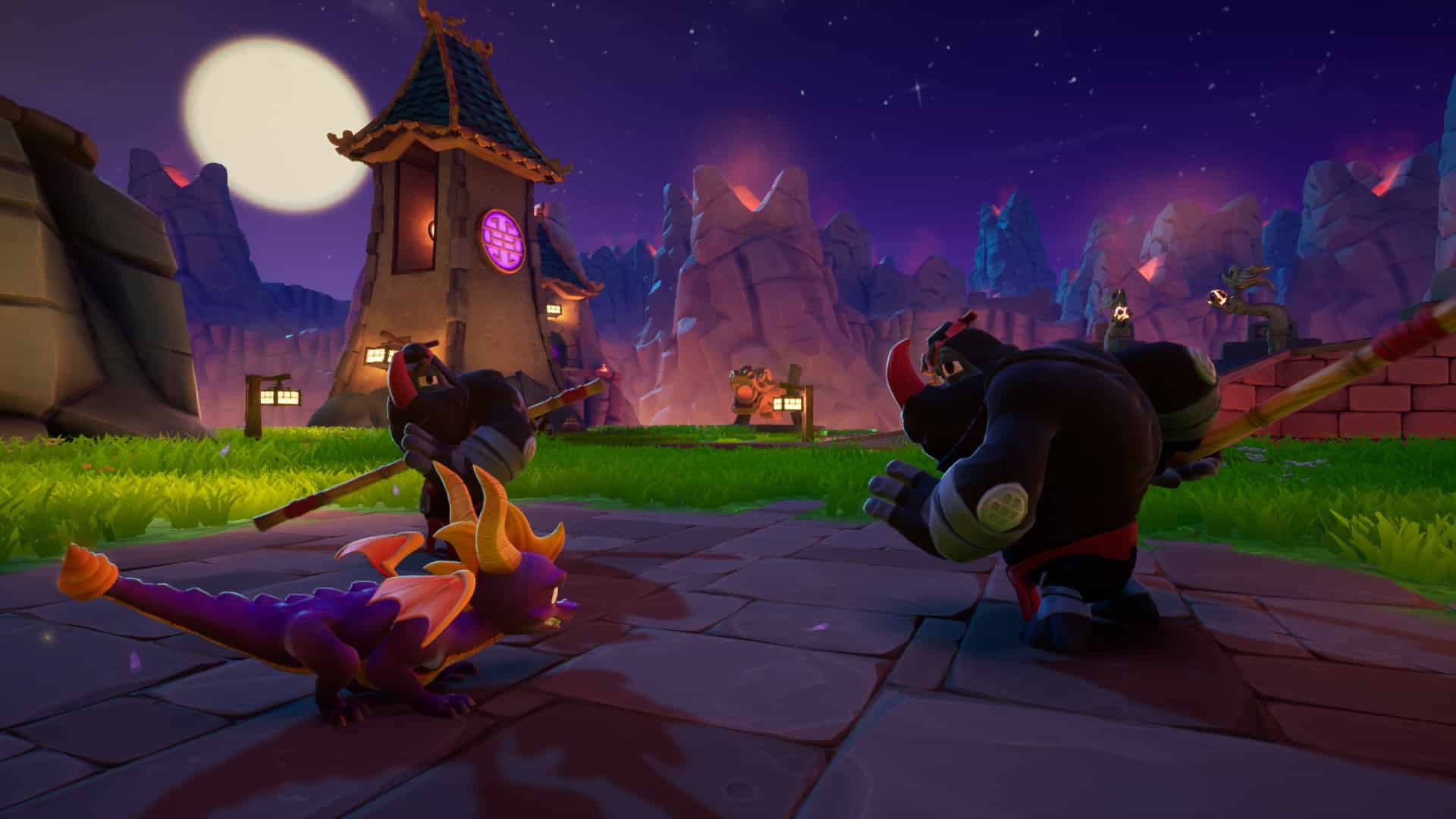
As for the in-game music and sound effects, both are done extremely well. Looks aren’t the only things that have changed for the better as even the soundtrack has seen a bit of an upgrade. Memorable tracks such as the Glimmer level’s theme sound much better in the HD remaster. However, much like my previous gripe with the voice acting, some music pieces just sound better in the original PS1 titles.
The sound effects though, that’s an entirely different story. If you thought that the game looks great, then wait until you hear how it sounds. From the pitter-patter of Spyro’s feet to the way that the water splashes as you jump in and out of it, what you’ll be listening to is exactly how you’d expect to hear it. Not only that, but there are subtle changes to the in-game soundtrack based on what you’re doing. If you stand idle, themes of certain areas seem to take on a different note. Should you decide to dive underwater, then the music will sound as if it has been drowned in water as well—in a good way, not in a bad one. Heck, there’s even a cute little rhythmic beat every time you use Spyro’s charge ability! It’s subtle, but it’s there and it goes great with some of the level themes!
Although the visuals and sound are great, I do have one little nitpick. This comes in the form of the in-game cutscenes.
There’s no denying that they’re much better here with all the new changes and what-not. However, some of them don’t exactly invoke the same tone or mood that the ones from the original trilogy masterfully did. This is especially apparent during the remastered introduction of Spyro 2: Ripto’s Rage! Back when the players were introduced to the main villain in the original PS1 version, he seemed like an actual threat that you had to stop. Now? He seems like more of a joke than something you should fear. This is perhaps due to the possibility that the developers intended to go for a more cartoony feel. You might notice this a lot in different cutscenes, especially if you’ve seen what they were like originally. Not saying that they’re bad, it’s just that they feel…off.
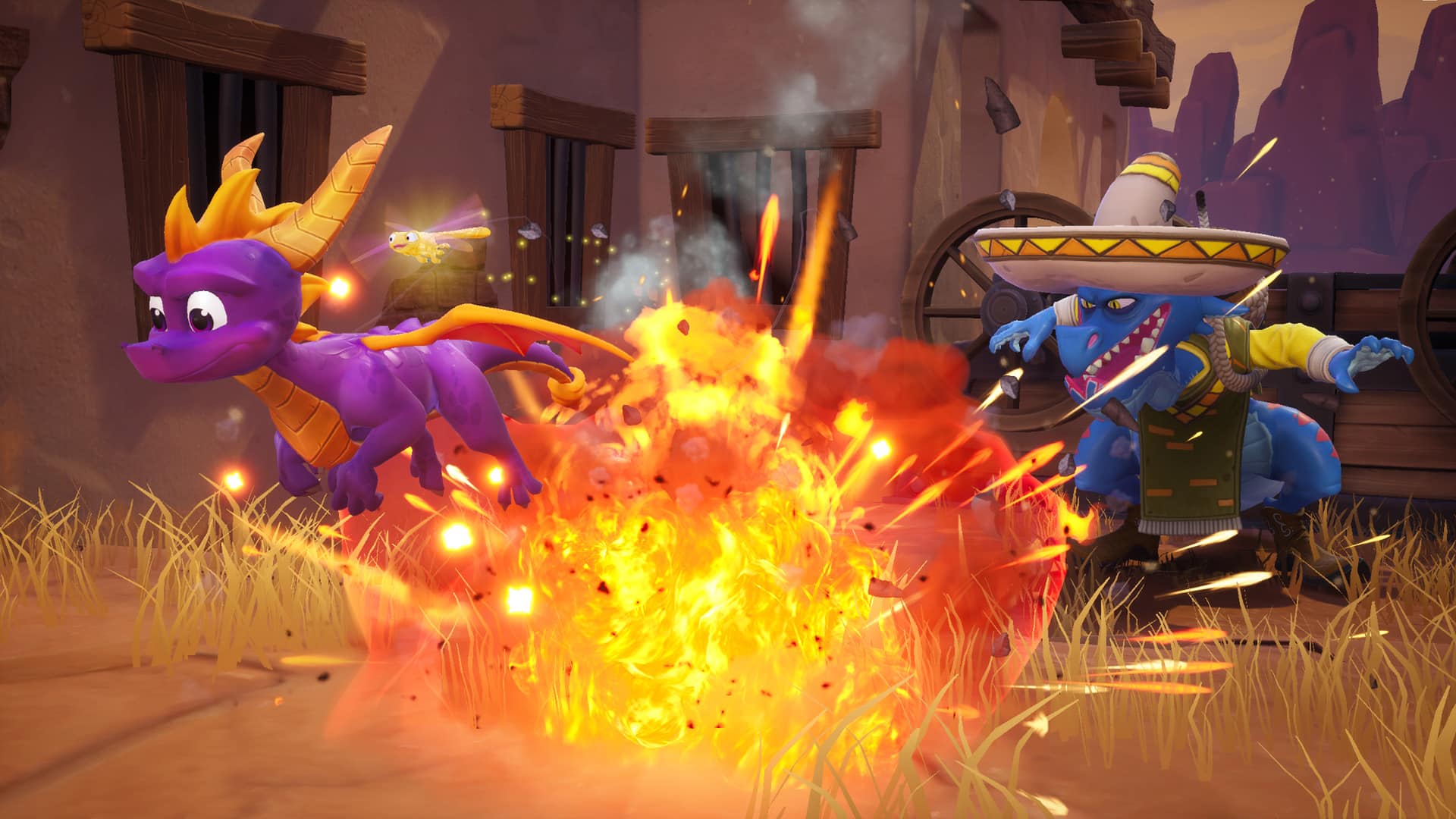
Now that we’re done with the in-game aesthetics, let’s move over to the gameplay!
For returning players,nearly everything is exactly as how you would remember it. There are some slight changes but it’s pretty much all the same. From the main menu, you can choose which of the trilogy you wish to play. There’s also a percentage in every file to indicate where you are in terms of progression. It helps that at any given point in time, you can exit back to the main menu and change to whichever of the trilogy you feel like playing. It’s quick and that’s exactly how I, and hopefully others, like it.
The game is played via a third-person perspective, allowing you to view both Spyro and the environment he’s in. Controls are tight as you can move the little dragon in just about any direction without feeling as if he’s wrestling your movement inputs (This won’t always be the case, but we’ll get into the later).
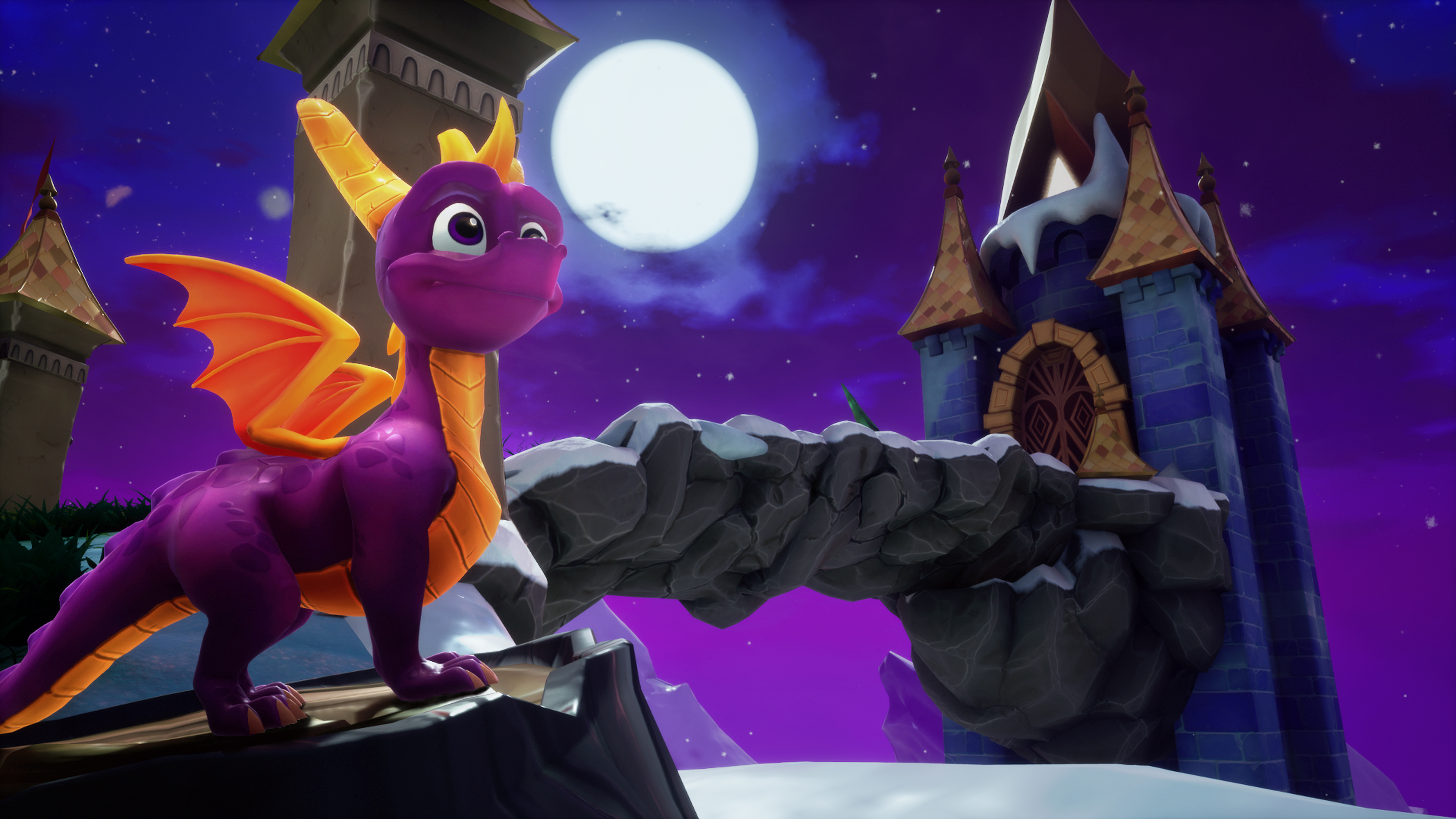
Spyro still has his standard fly, jump, and charge abilities that veterans have come to know and love. Also, take note that certain abilities are either only limited to specific characters or placed behind a progression block before they can be used. For instance, in Spyro: Year of the Dragon, you have animal companions that have their own set of abilities and control methods. They’re only available in the third game of the trilogy and nowhere else. Also, even though you have access to all three games from the start, you’ll have to play everything in order to access the more difficult moves that Spyro needs to learn. You don’t get everything right from the start. This is good because progression-wise, it actually makes sense. Wouldn’t it be weird if Spyro could do a move in the first game if he was supposed to have only learned it in the second one?
However, there is something noticeably present in all three titles. In the first entry of the original Spyro trilogy, you had the ability to roll left and right by pressing either the L1 or R1 buttons respectively. The succeeding games would see that this ability be completely removed. For some reason, the developers made sure that Spyro can roll in all three games. I don’t know why, but it’s there. There’s not really much you can gain from the ability as dodging is easy even without it. I will admit though, it’s cute seeing Spyro rolling endlessly in a field of grass.
Also, take note that this game prevents Speedrunners from doing the ol’ double jump exploit in the second game. Something like this would have allowed players to get to places where they shouldn’t be during early stages, allowing them to bypass sequences to reduce their playtime. It’s possible that Toys for Bob noticed this and fixed it. Well, maybe it’s because that they thought everyone should be playing the games in the pace that they were meant to? Or perhaps this is just something that they accidentally fixed. Who knows?

Now let’s discuss the different areas you traverse. All three games have you going about different worlds, with each of them having their own unique themes and specific things to collect. In Spyro the Dragon, you have the unfortunate task of freeing dragons encased in crystal. In Spyro: Ripto’s Rage! You’ll need orbs and talismans in order to stop Ripto and his goons. And lastly, Spyro: Year of the Dragon requires that you save as many dragon eggs to prevent the evil sorceress from destroying them for her own benefit.
Notice that I didn’t go into the story. Well, that’s because doing so would just be overloading all of you with information. So it’s best that I do it when I make separate reviews for each title (Which I’ve already made for the first entry of the trilogy).
There are lots of different enemies that you have to watch out for and they all have their own unique designs. Some can be taken out with a simple flame breath while others need to be charged at. You don’t really have to think too hard as the majority of every enemy is taken out the exact same way. The only ones that pose an actual threat are the boss battles and those require you to actually think. Well, more so than you usually need to. They’re honestly very easy and the only way you’d lose is if you haven’t learned the basics of the game—which, by all means, should not be possible at that point.
Spyro can take up at least three attacks. You’ll notice a little dragonfly that follows you around wherever you go. That’s Sparks, and he’s basically your health indicator. Each time you take a hit, Sparks will change color. Depending on what that is will tell you how many more hits you can take. By the third hit, Sparks disappears and one more attack will mean death. The only way you can gain back health is if you torch or charge both friendly and harmless critters! Sheep, frogs, starfish, you name it! Kill em, and you get your trusty partner back to what he once was. Yeah, not what most people expected, but oh well.
Take note that each and every single game has gems that go along with anything that you’ll want to collect. Every level has a set amount of collectibles and if you want to 100% everything, then you’ll need to find them all. Gems aren’t too hard as you can find them just about anywhere. Just make sure that you thoroughly search the area for them as there are some that are either very difficult to find, or hiding in plain sight. As for the other objects that you’ll want to grab, there are certain conditions you need to meet before you get them.
While there are those which are obtainable by simply completing each level, some will require you to finish sidequests that have nothing to do with the main story. A good example? Well, there’s a particular one where you have to protect a little girl’s ice skating performance by torching enemies that are trying to ruin it. It’s not enough that they’re weird, but some of them also have to be extremely friggin difficult. That example I just gave? Well, there’s ice physics involved and we all know how much we love that!
You don’t have to do them, but you’ll need to if you want to successfully complete all three games. Trust me when I say that they’ll put you to the test as there are some which will make you want to pull your hair out! While it’s nice that there’s a difficulty level indicator to tell you how hard they are, it doesn’t really help to knowing that you’re about to get into something that will no doubt frustrate you.

It’s much appreciated that all three games have a guidebook to tell you what collectible you’re missing. It’s just a shame as the original trilogy’s guidebooks looked like actual an actual book where pages flip in order to see the information you want to know about. Here? it’s just a simple screen that has no visual flair to it.
Also, there are also skill points to earn now! No, not the kind that you’re thinking of. They’re more akin to achievements that you get by doing very specific things in the game. I don’t know why they’re called skill points, but I’m just as confused as you are. Anyway, much like the collectibles, they can range from pretty easy to incredibly difficult. If you want to know what they are, then you simply need to pause the game and look for the option that allows you to check the list. At least it’s good to know exactly what you’re supposed to be doing rather than running around aimlessly and guessing.
I have to point out that there’s a reason as to why this game feels more difficult than it should be. In fact, there are two!
Let’s start with an issue which affects the in-game camera. Not that the camera is a problem as it looks and control’s just fine; Spyro’s just the right distance away from the screen and you can move it in just about any direction. But the problem arises the moment you do use it to look around. Why? It’s because that’s when motion blur kicks in.

Spyro is a colorful game and one that’s usually very bright. Now, imagine moving the camera left and right repeatedly, only to be bombarded with blurry and dizzying visuals. Everything looks great if you’re standing still, but once you start moving, don’t be surprised if your eyes start hurting. I know that this is the result of using the Unreal engine and that some don’t really find this a problem, but those that have motion sickness will want to stay away from the remastered trilogy as far as possible. It can even affect how your search for gems as the motion blur can make it difficult to tell if there’s one that you missed! There have been times where I thought I saw a gem, only for me to keep moving the camera until I noticed it was just a part of the level terrain. If only there was a way to turn off the motion blur, but I guess that’s literally not an option.
And the second problem would have to be how Spyro controls underwater. It’s different from how you handle while on land as this time you can literally move just about anywhere! This makes you feel as if you’re losing control over Spyro at times. It’s due to the fact that the camera can make everything feel disorienting that makes it a chore to go through water-based stages. Couple that with the motion blur and you’ll have yourself a pretty bad time. So yes, our little dragon was not meant for swimming and this game proves it.
Still, if you ever wanted to play all of Spyro’s first three games, then the Reignited trilogy is the definitive way to do so. Although old problems resurface and new ones arise, they’ll most likely be inconsequential as opposed to the joy and excitement you’ll experience. So yes, Toys for Bob definitely did this game justice and I’m happy I can say that. It may not be totally amazing, but it’s what I and what most others have wanted for a long time. If you want to try it for yourselves, then purchase the remastered trilogy as soon as possible.
Disclosure: This review is based on a review code provided by Activision. Read our review policy to know how we go with our game reviews.
